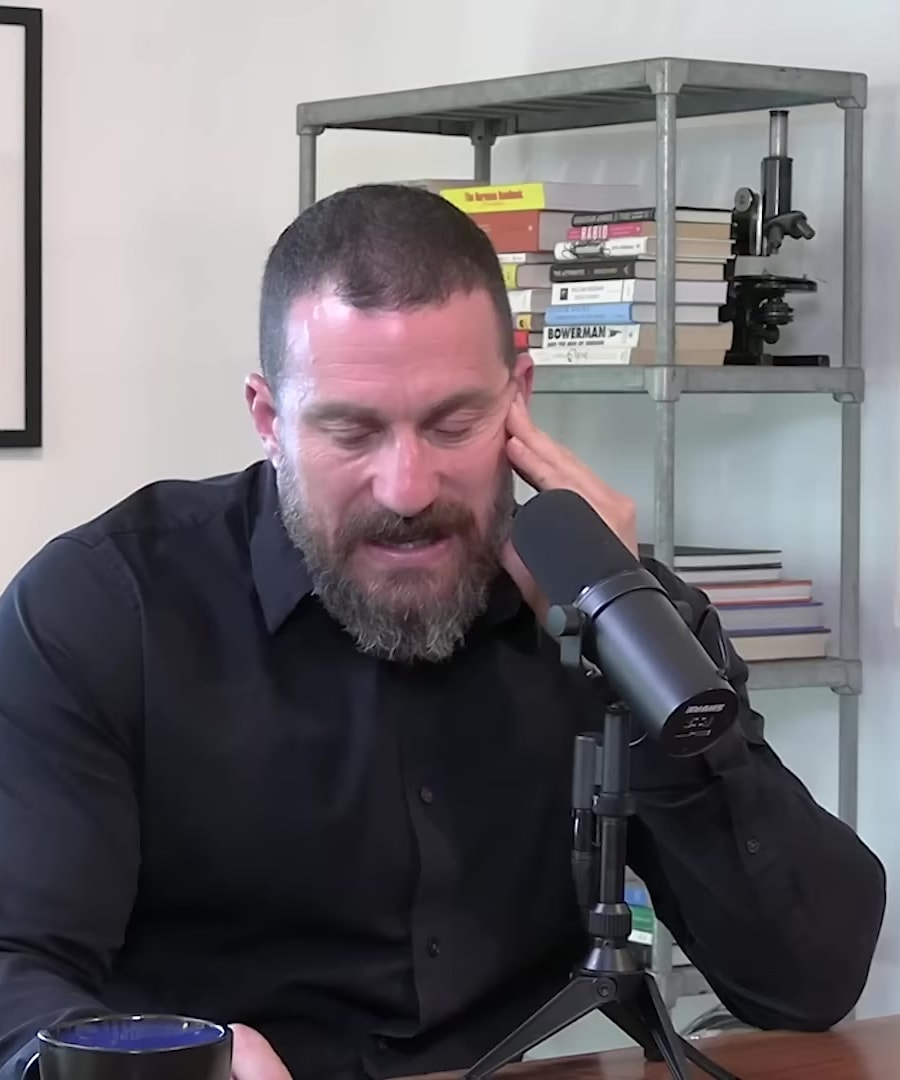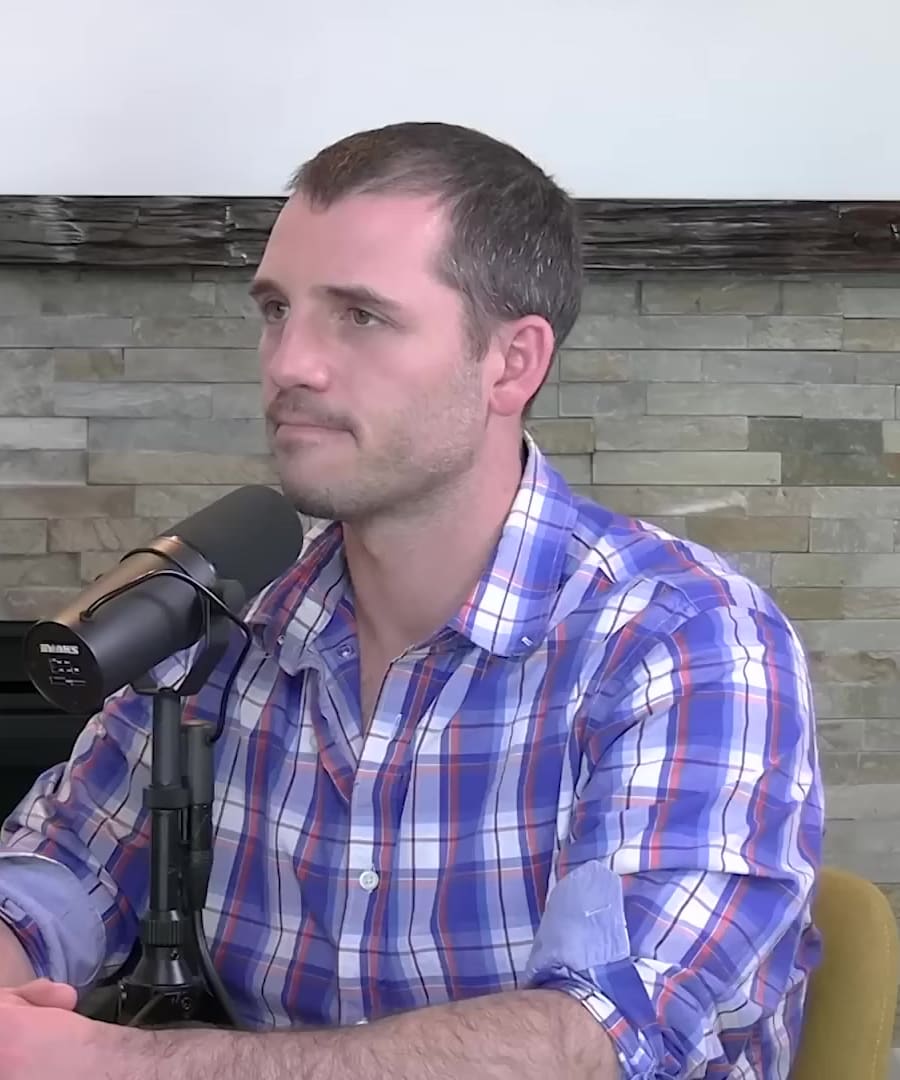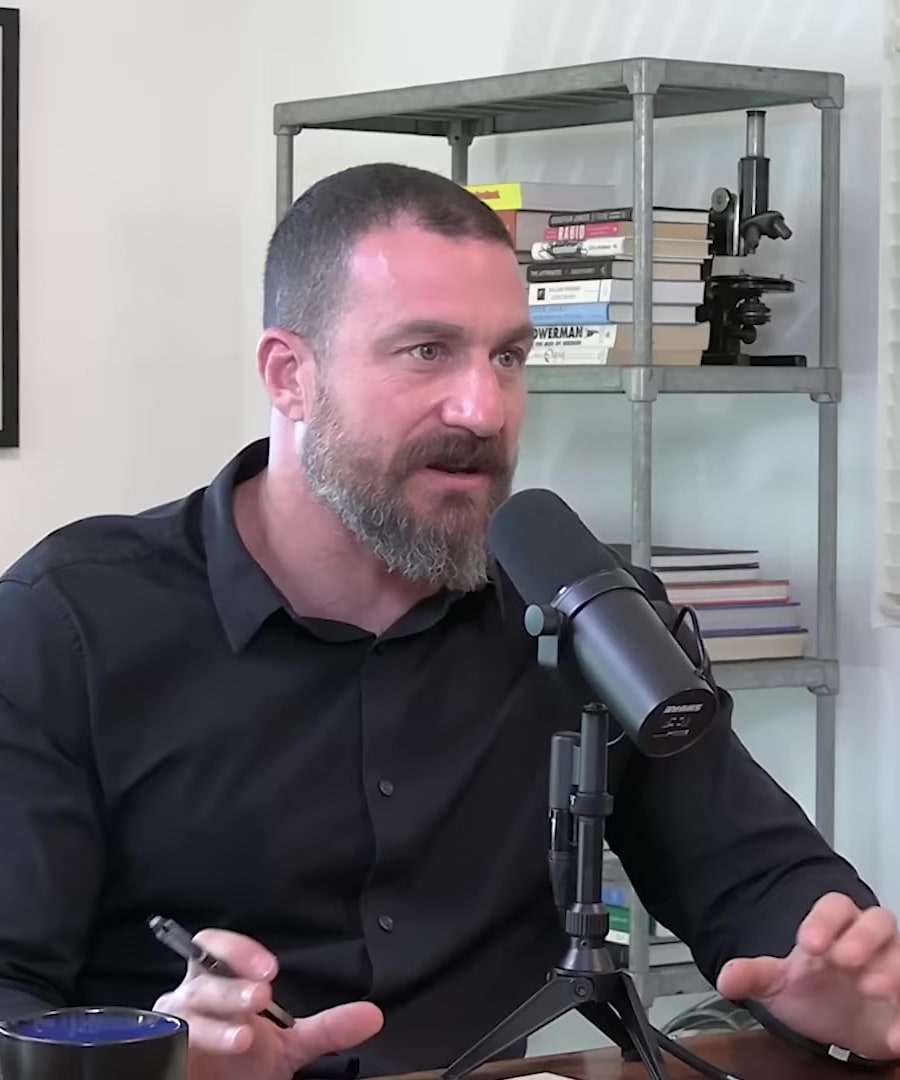Summarise Dr. Andy Galpin: How to Build Strength, Muscle Size & Endurance
The episode "Dr. Andy Galpin: How to Build Strength, Muscle Size & Endurance" features Dr. Andrew Huberman and Dr. Andy Galpin discussing key principles of fitness, including how to maximize physical performance through various exercise principles and variables. They discuss the importance of overload principles, exercise prescription, and determining repetition range for different fitness goals. The episode also covers topics such as efficient strength training, muscle fiber recruitment, the mind-muscle connection, and proper hydration and nutrition to support fitness efforts.
Key takeaways from the episode include understanding the modifiable variables in strength training, like exercise selection and muscle activation strategies, and the significance of muscle training frequency and the optimal hypertrophy window for muscle growth. Breathing techniques for resistance training and endurance strategies are also elaborated upon, as well as tips for endurance exercise. Dr. Galpin offers insights on concepts like systemic damage from workouts, how cardio can impact hypertrophy, and how to approach hypertrophy training principles effectively.
This episode provides a comprehensive look at how to approach building strength, muscle size, and endurance with scientific insights and practical advice .
RELATED QUESTIONSSummarize Dr. Andy Galpin: How to Build Strength, Muscle Size & Endurance | Huberman Lab Podcast #65
Sources:
In , Dr. Andrew Huberman and discuss various aspects of exercise, recovery, endurance, and supplementation to help individuals optimize their training for strength, muscle growth, and endurance. Some of the key points from the episode include:
- Recovery Optimization: Identifying "performance anchors" that hold a person back and improving recovery for better adaptation to training 1.
- Gauging Recovery: They talk about the effectiveness of grip strength and carbon dioxide tolerance tests for measuring systemic recovery 2.
- Endurance Training: The importance of down-regulation after high-intensity activities, such as workouts or social engagements, to save energy and improve performance is discussed with suggestions to take a few minutes to reset 3.
- Strength Training Principles: No exercise is inherently bad; it's the application that matters. Injuries are often due to bad positioning or improper volume, intensity, or complexity. They advise to scale back to just below the threshold of pain to increase tissue tolerance and desensitize pain 4.
- Hydration: Discussing the "hormetic curve" for hydration, where both dehydration and overhydration can be detrimental, emphasizing the need for proper balance 5.
These insights cover a broad range of exercise science and provide actionable advice for individuals looking to improve their workout routines and recovery processes.
RELATED QUESTIONSSummarize Dr. Andy Galpin: How to Build Strength, Muscle Size & Endurance | Huberman Lab Podcast #65
Sources:
In , Dr. Andrew Huberman and cover topics about optimizing physical training. Key points include:
-
Performance Recovery: emphasizes removing "performance anchors" to enhance recovery and adaptation to training. He discusses using a combination of subjective and objective measures for recovery, including grip strength, heart rate variability (HRV), and blood and urine analysis 1.
-
Recovery Measurement Tools: They highlight grip strength and carbon dioxide tolerance test as effective measures for nervous system and systemic recovery 2.
-
Down-regulation: shares his experience of down-regulating after intense workouts to maintain energy levels and cognitive function 3.
-
Injury and Exercise: discusses the concept that no exercise is inherently dangerous, but injuries are often due to improper application regarding volume, intensity, and complexity 4.
-
Hydration Importance: They discuss the "hormetic curve" for hydration and the potential negative effects of both dehydration and overhydration on performance 5.
These topics are meant to provide listeners with actionable strategies for improving their training effectiveness, recovery, and overall physical performance.
RELATED QUESTIONS-
Summarize Dr. Andy Galpin: How to Build Strength, Muscle Size & Endurance | Huberman Lab Podcast #65
Sources:
The features discussions on various aspects of physical training and performance enhancement:
-
Performance Recovery: suggests focusing on removing hindrances to improve recovery and overall adaptation to training. He recommends a mix of subjective and objective measures for tracking recovery, such as grip strength and heart rate variability 1.
-
Recovery Tools: Grip strength upon waking and a carbon dioxide tolerance test are highlighted as useful measures to gauge nervous system recovery 2.
-
Down-regulation Significance: shares his practice of down-regulating post-exercise to maintain energy levels and cognitive function 3.
-
Injury Prevention: discusses that injuries are often due to the improper application of an exercise rather than the exercise itself 4.
-
Hydration's Hormetic Curve: They delve into the importance of hydration, pointing out that both under and over-hydration can negatively affect performance. Finding the right balance is essential 5.
The episode provides valuable insights for those looking to optimize their training, emphasizing the need for careful monitoring and application of exercise protocols.
RELATED QUESTIONS-
Summarise Dr. Andy Galpin: How to Build Strength, Muscle Size & Endurance
- RELATED QUESTIONS
Summarize Dr. Andy Galpin: How to Build Strength, Muscle Size & Endurance | Huberman Lab Podcast #65
- RELATED QUESTIONS
Summarize Dr. Andy Galpin: How to Build Strength, Muscle Size & Endurance | Huberman Lab Podcast #65
- RELATED QUESTIONS
Summarize Dr. Andy Galpin: How to Build Strength, Muscle Size & Endurance | Huberman Lab Podcast #65
- RELATED QUESTIONS




